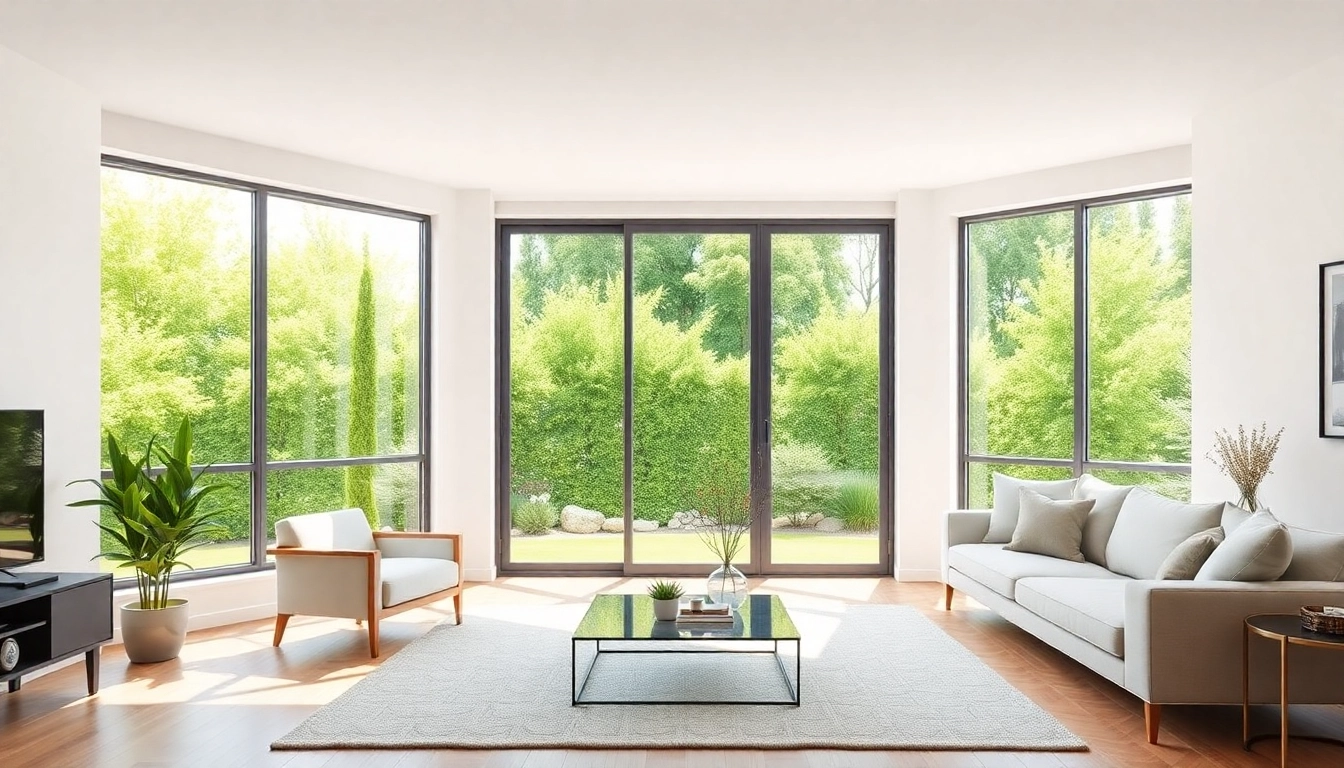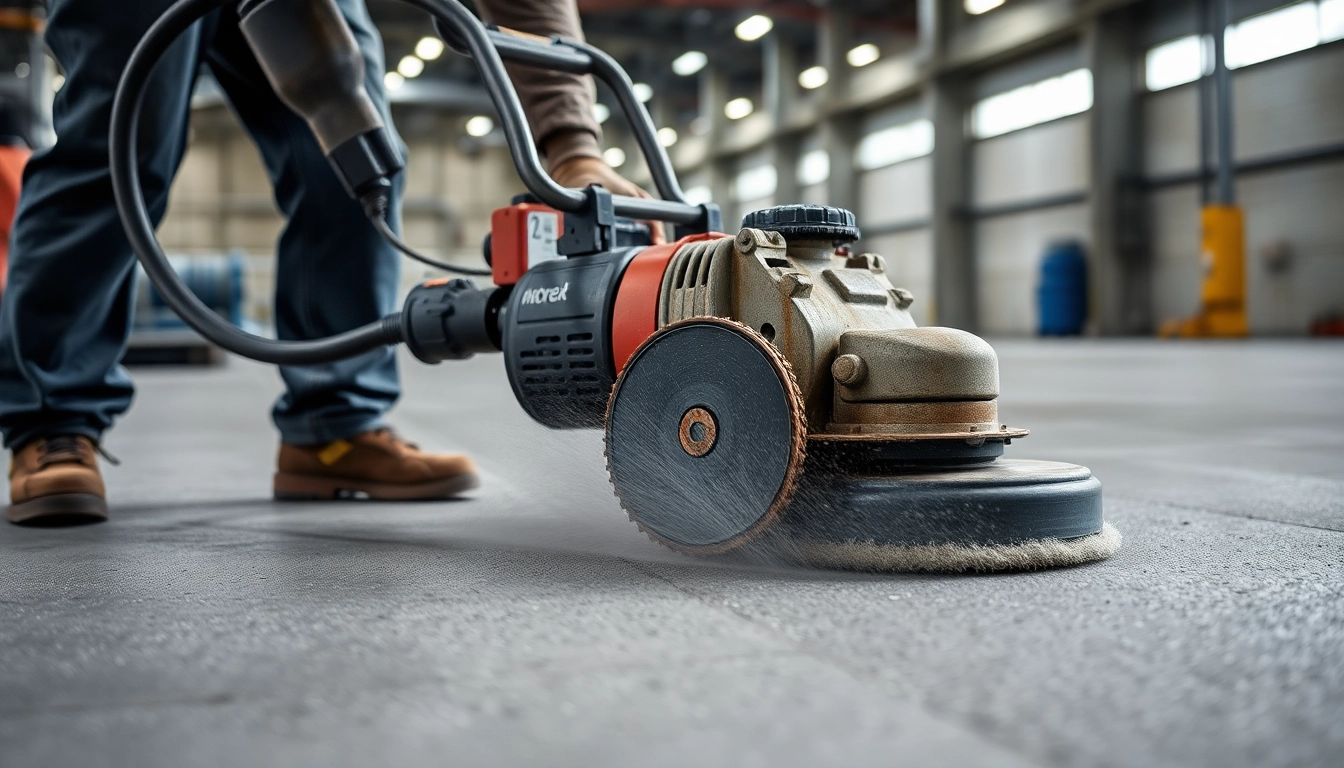Replacement Windows: The Benefits for Modern Homes
Energy Efficiency with Replacement Windows
Modern replacement windows are built with energy performance in mind. Most units feature double- or triple-glazed panes, low-emissivity coatings, and inert gas fills that reduce heat transfer. A well-installed, tightly sealed window can curb drafts and help maintain a stable indoor temperature year-round. In many climates, homeowners report meaningful reductions in heating and cooling costs after installation, with the exact savings depending on climate, window type, and the quality of installation. To maximize efficiency, pair the windows with proper air sealing around the frame and consider options like warm-edge spacers and high-performance gaskets. Monitoring your home’s overall envelope — ceilings, walls, and doors alongside the new windows — will compound energy gains.
Aesthetics and Curb Appeal of Replacement Windows
Replacement windows offer a seamless opportunity to refresh a home’s look from the curb through the interior rooms. Frame materials such as vinyl, fiberglass, wood, or composite each bring distinct textures, colors, and maintenance profiles. Slim profiles increase glass area for better visibility and natural light, while hardware finishes and grille patterns can align with architectural style, from traditional to ultra-modern. A well-chosen color and trim complement exterior siding and roofing, creating a cohesive design narrative that simultaneously elevates curb appeal and interior ambiance.
Impact on Home Value and ROI of Replacement Windows
Investing in replacement windows can enhance a home’s resale value and marketability, especially when the upgrade aligns with local standards and energy expectations. ROI is influenced by window type, material quality, installation workmanship, and the home’s overall condition. Buyers often associate new windows with lower maintenance and energy costs, which can translate into stronger offers. To optimize ROI, focus on durable materials, energy-efficient glass, and a warranty-backed installation. Obtain multiple quotes, verify proper installation practices, and document energy performance improvements to support your value proposition during negotiations.
Replacement Windows Styles and Configurations
Popular Replacement Windows Styles
Common styles include double-hung for easy access and ventilation, casement for maximum sash width and wind resistance, and sliding or picture windows for expansive views. Bay and bow configurations add architectural interest and extra interior space, while single-hung options serve compact rooms where space is at a premium. When selecting styles, consider room function, furniture layout, and sightlines to ensure the windows enhance rather than obstruct daily activities and views.
Frame Materials and Durability
Frame material choices influence maintenance, insulation, and lifespan. Vinyl offers resilient, low-maintenance performance with good insulating value; fiberglass combines strength and stability with slim profiles; wood provides natural warmth but requires more upkeep or manufacturer-graded treatments; composite frames blend characteristics for balanced performance. Durability, UV resistance, and resistance to warping or swelling should guide material selection, especially in regions with extreme weather or heavy sun exposure.
Glass Options and Replacement Windows Ratings
Glass packages vary widely. Look for low-emissivity (low-E) coatings to reflect heat while letting light through, gas fills (argon or krypton) for enhanced insulation, and coatings that reduce UV damage to furnishings. A higher-performing unit often shows a lower U-factor and an optimal Solar Heat Gain Coefficient (SHGC) for the climate. Safety glass options, noise-reducing laminates, and coatings that curb glare can further tailor performance to your living spaces and daily routines.
Replacement Windows Installation: Planning the Project
Hiring Pros vs DIY for Replacement Windows
Professional installation is typically essential to achieve optimal performance, warranty coverage, and consistent results. Skilled installers ensure precise measurements, proper flashing and sealing, and correct operation of sashes and hardware. While DIY may be tempting for small, cosmetic tasks, improper installation can lead to air leaks, moisture issues, and reduced warranty protections. For most homes, engaging licensed installers with solid references and clear workmanship guarantees yields better long-term value and peace of mind.
Measuring for Replacement Windows Fit
Accurate measurement is the foundation of a successful replacement. Record width in three places (top, middle, bottom) and height in three places (left, center, right) inside the existing frame. Note any irregularities, such as wall deviations or uneven sills, and confirm whether the rough opening is square. Measure from the interior face of the stop to the exterior surface for each dimension, and consider hiring a pro to verify openings to prevent ordering errors.
Timing, Permits, and Replacement Windows Scheduling
Seasonality can affect lead times and installation logistics. Scheduling during milder weather can minimize disruption, though modern installers can work in various conditions with proper protection. Some jurisdictions require permits for significant window replacements or alterations to the opening structure. Plan ahead, secure permits as needed, and coordinate with contractors to align ordering, fabrication, and installation windows to reduce downtime and ensure a smooth project flow.
Replacement Windows Performance and Value
U-Value, Solar Gain, and Replacement Windows Comfort
U-values quantify how well a window resists heat flow; lower numbers indicate better insulation. Typical residential replacements target U-values around 0.25–0.3, depending on climate and frame choice. SHGC indicates how much solar energy a window transmits; in cooler climates, a modest SHGC helps capture winter warmth, while in warmer regions a lower SHGC reduces cooling load. Together, these metrics drive comfort, energy bills, and seasonal temperature consistency in living spaces.
Sound Reduction and Privacy with Replacement Windows
Sound performance benefits from multi-pane configurations, laminated glass, and higher glass surface mass. Upgrading to laminated or thicker glazing can noticeably reduce exterior noise, improving calm in bedrooms and home offices. For homes near busy streets, consider windows with enhanced acoustic ratings to preserve privacy without sacrificing daylight.
Warranty, Service, and Long-Term Savings for Replacement Windows
Most reputable replacements come with substantial warranties covering frame, glass, and hardware, often spanning 20–25 years or longer. Regular maintenance, such as sealing and gasket inspection, helps preserves performance and can extend the life of the investment. A well-chosen warranty combined with timely service minimizes unexpected repair costs and supports dependable long-term savings on energy and maintenance.
Replacement Windows Maintenance and Longevity
Cleaning, Seals, and Replacement Windows Care
Routine cleaning with mild soap and water keeps frames looking fresh and helps prevent buildup that can degrade seals. Inspect seals and caulking annually for gaps or cracking, especially around high-traffic areas or near moisture-prone spaces. Addressing small issues early protects insulation and prevents more costly repairs later.
Seasonal Checks for Replacement Windows
Seasonal checks should include inspecting for condensation between panes (which may indicate a failed seal), ensuring smooth operation of sashes, and confirming exterior enamel or paint remains intact. In winter, guard against drafts by verifying weatherstripping and addressing any frost or cold spots; in summer, monitor for heat-related expansion or glazing glare that could impact comfort.
Sustainability and End-of-Life for Replacement Windows
At end-of-life, consider recycling components where feasible and choosing manufacturers with take-back programs. Replacing aging units with energy-efficient models reduces ongoing energy consumption, and properly disposing of or recycling frames and glass minimizes environmental impact. This approach aligns long-term comfort with responsible stewardship for the home and its surroundings.



